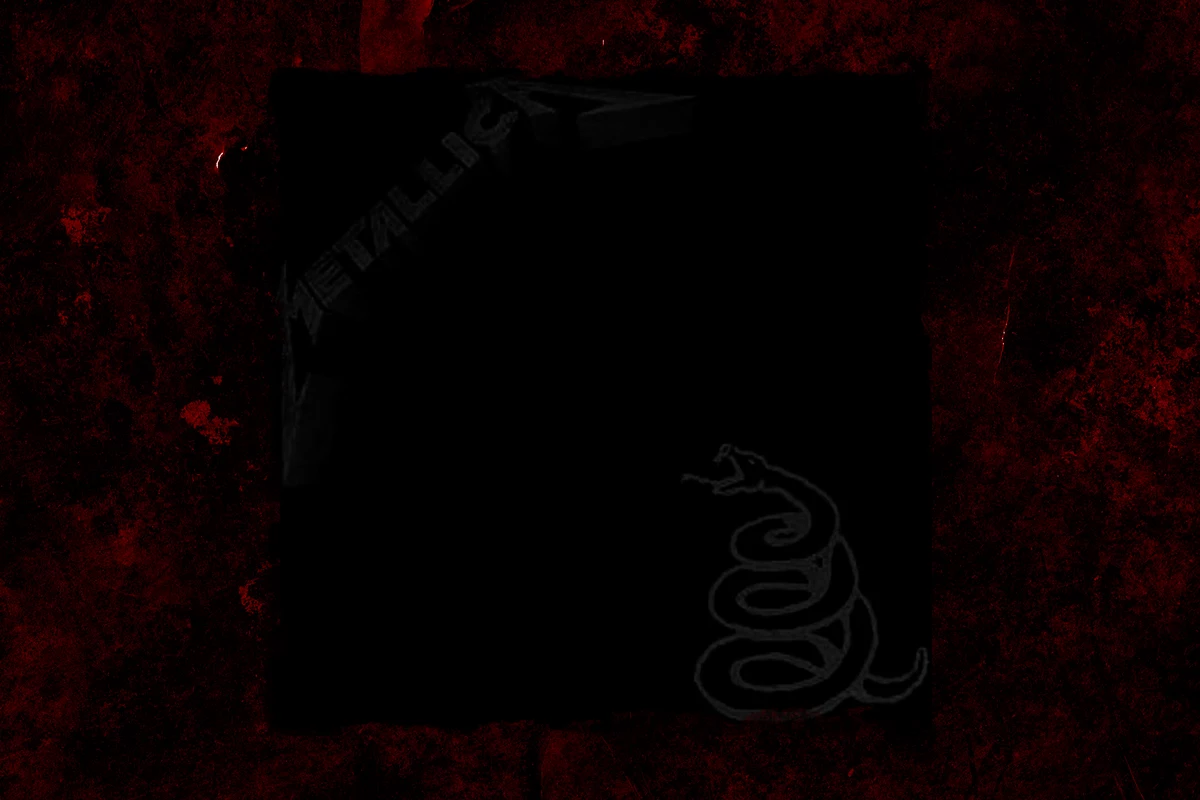
Illustration of the smilodon, or sabre-toothed tiger, which went extinct around 10,000 years ago
ROMAN UCHYTEL/SCIENCE PHOTO LIBRARY
Sabre-toothed tigers and dire wolves that lived in the last glacial period had surprisingly high rates of an inheritable bone disease, which might reflect inbreeding as the ancient carnivores approached extinction around 10,000 years ago.
More than 6 per cent of the tigers’ thigh bones pulled from the La Brea tar pits in Los Angeles showed the tell-tale indentations and holes of osteochondrosis – a prevalence at least six times higher than that in modern mammal species.
“I think there is no animal [species] today which has a prevalence of 6 per cent,” says Hugo Schmökel at IVC Evidensia Academy in Stockholm, Sweden. “In dogs, we’re talking under 1 per cent. In humans, it’s clearly under 1 per cent. So that’s amazingly high.”
Osteochondrosis occurs when small sections of growing bone fail to form, leaving holes that can provoke pain and limping. While rare, the disease affects most mammalian species and tends to run in families or in specific breeds. Nine per cent of border collies, for example, have osteochondrosis in their shoulders, whereas the disease is essentially non-existent in many other dog breeds. Modern cats almost never develop osteochondrosis, although a few cases were found in captive snow leopards that were genetically related to each other.
Schmökel, an orthopaedic veterinary surgeon specialising in cats and dogs, says he has always enjoyed looking at ancient carnivore skeletons in natural history museums and eventually started wondering whether they had the same kinds of bone diseases as his modern patients.
He reached out to Mairin Balisi at Raymond M. Alf Museum of Paleontology in Claremont, California, to get access to the museum’s large collection of specimens from the tar pits. There, he closely examined 1163 leg and shoulder bones from sabre-toothed tigers (Smilodon fatalis) and 678 leg and shoulder bones from dire wolves (Aenocyon dirus), then took X-rays of some of the bones.
Schmökel and his colleagues found that 6 per cent of the sabre-toothed tigers’ femurs had osteochondrosis lesions. Most of the lesions measured less than 7 millimetres across, but a third measured up to 12 millimetres – although these still weren’t considered large or severe. These lesions were probably too mild to cause pain or affect movement in most of the animals, says Schmökel.

Lesions in the femur bones of sabre-toothed tigers from the La Brea tar pits in Los Angeles
Schmökel et al., 2023, PLOS ONE, CC-BY 4.0
As for the dire wolves, the researchers found most of the lesions in the shoulder joints, with a prevalence of 4.5 per cent, composed of mostly small lesions. But 2.6 per cent of the wolves’ femurs also had osteochondrosis and in these cases, most of the lesions were considered large – exceeding 12 millimetres – albeit not severe.
“We often think of these things as new diseases related to domestication,” says Balisi. “But they’re actually in old animals, too. That opens up a lot of new questions, I think.”
The bones span a wide range of dates, from around 55,000 to 12,000 years ago, shortly before the two species went extinct. It makes sense that the high rates of an inheritable disease would be tied to inbreeding as their populations declined, says Balisi, and he hopes to be able to confirm this in the future.
“I think it’s only a matter of time before we are able to extract DNA from the targets. And it wouldn’t be surprising to me if that does reflect that these animals were becoming more and more inbred,” she says.
Topics:























































